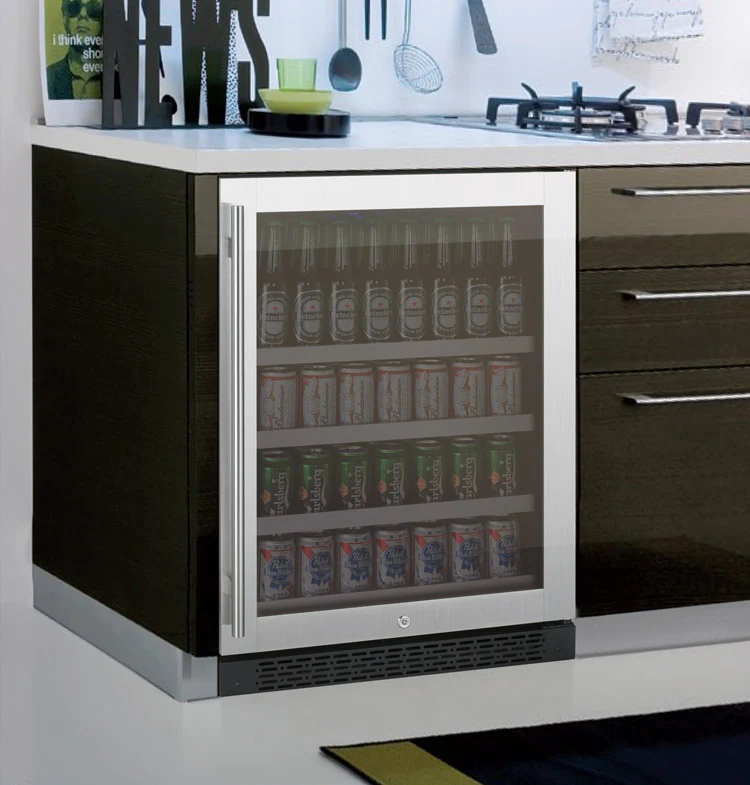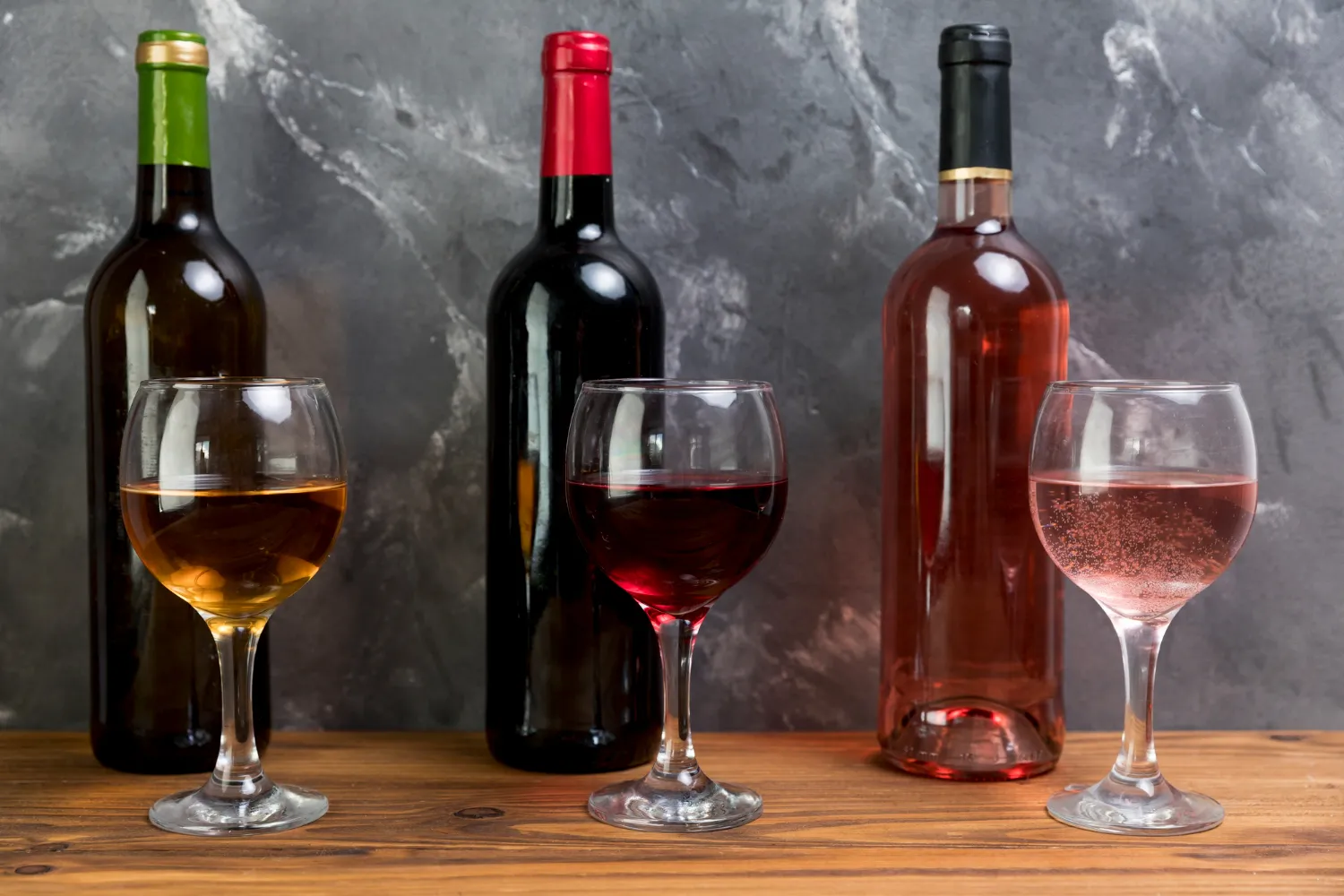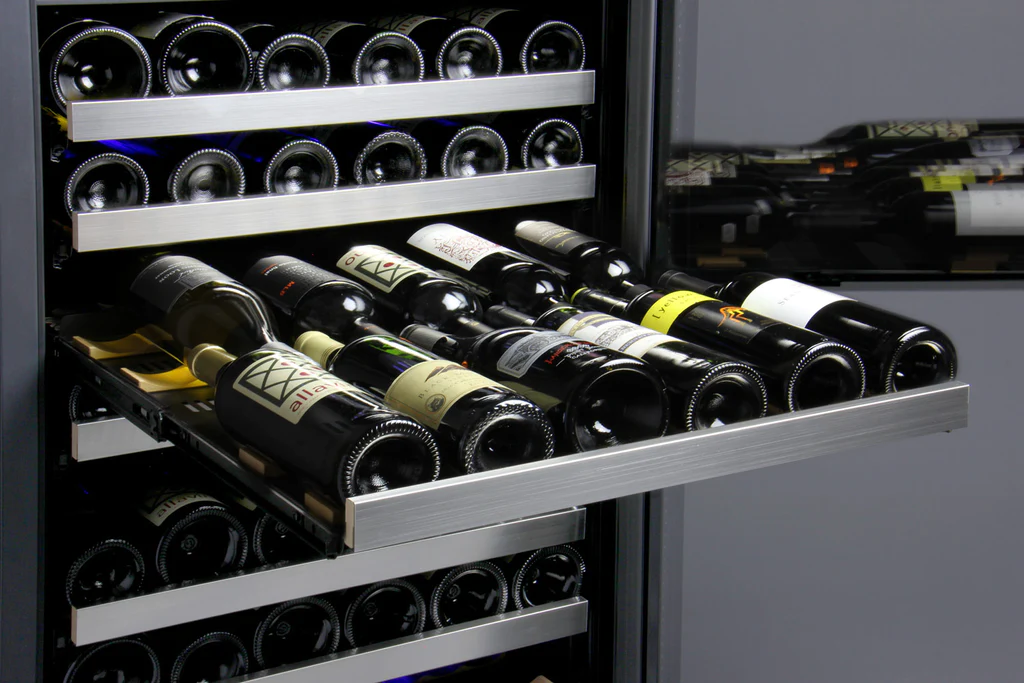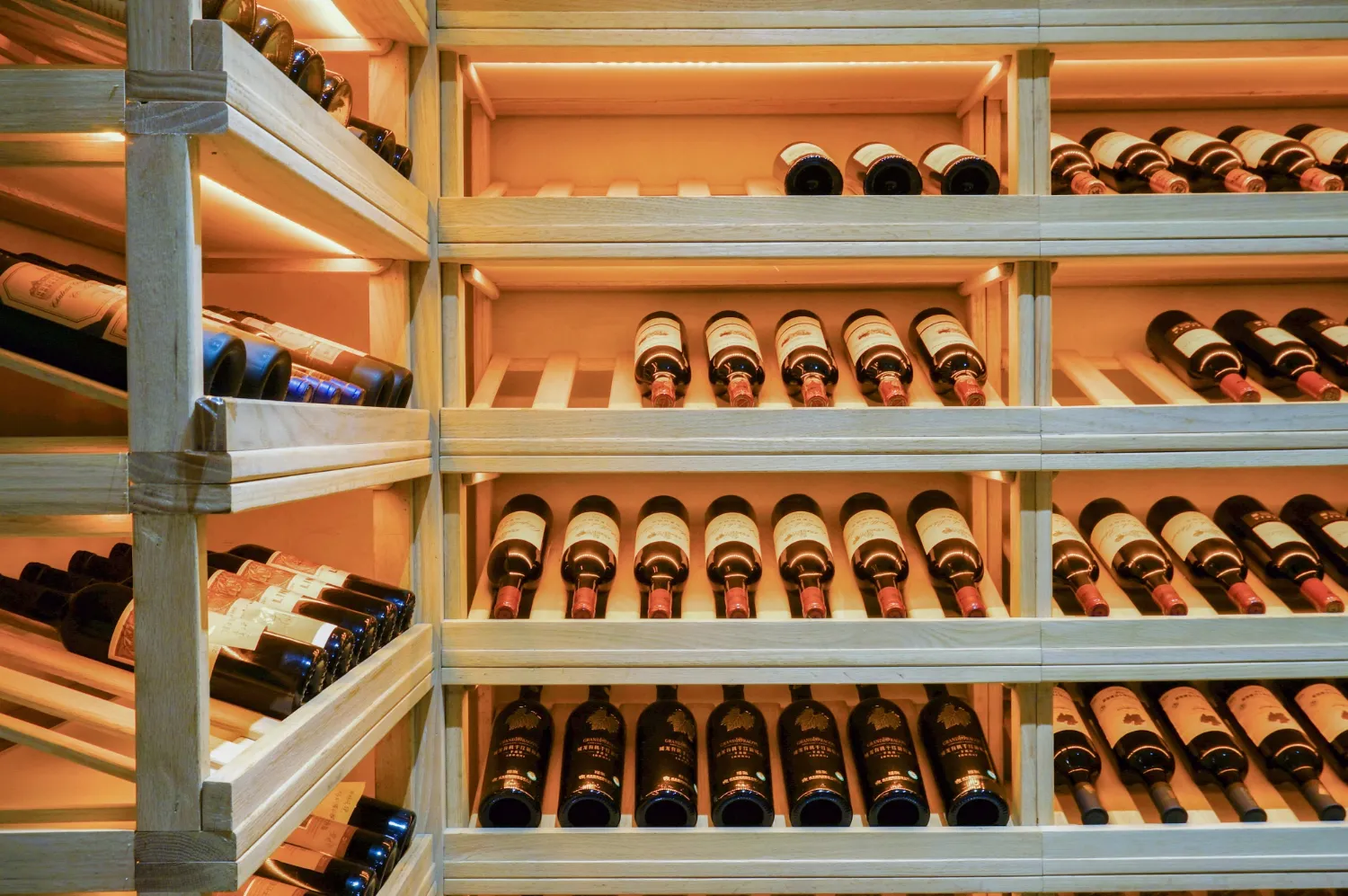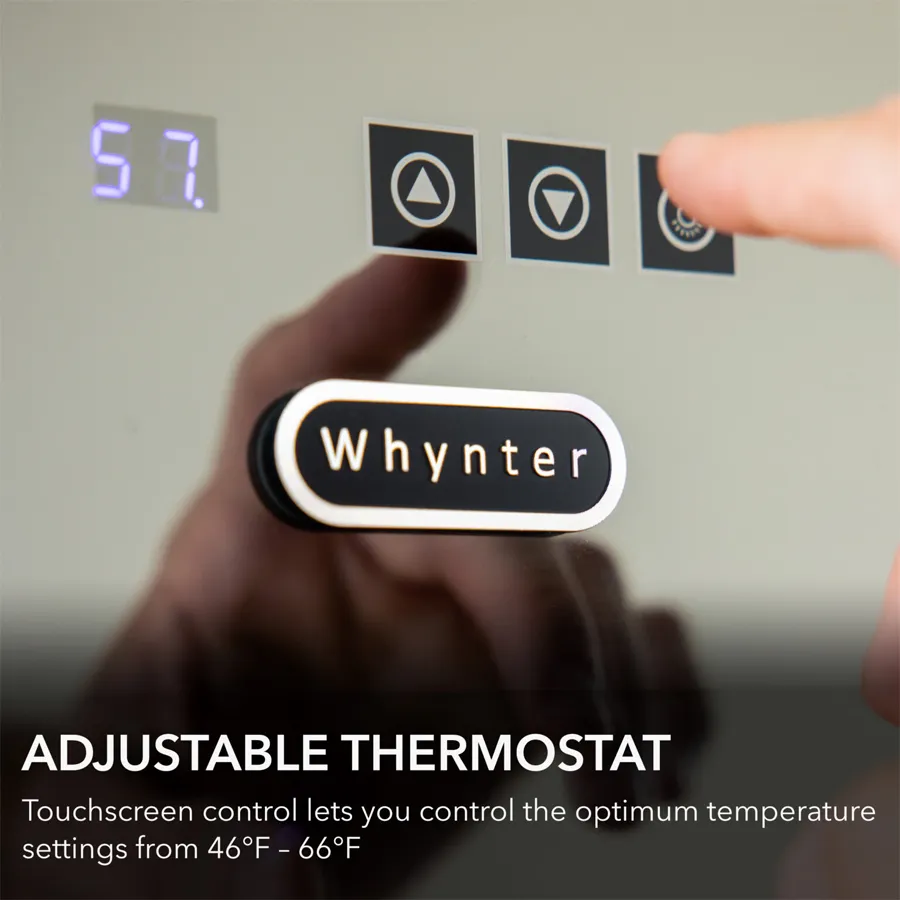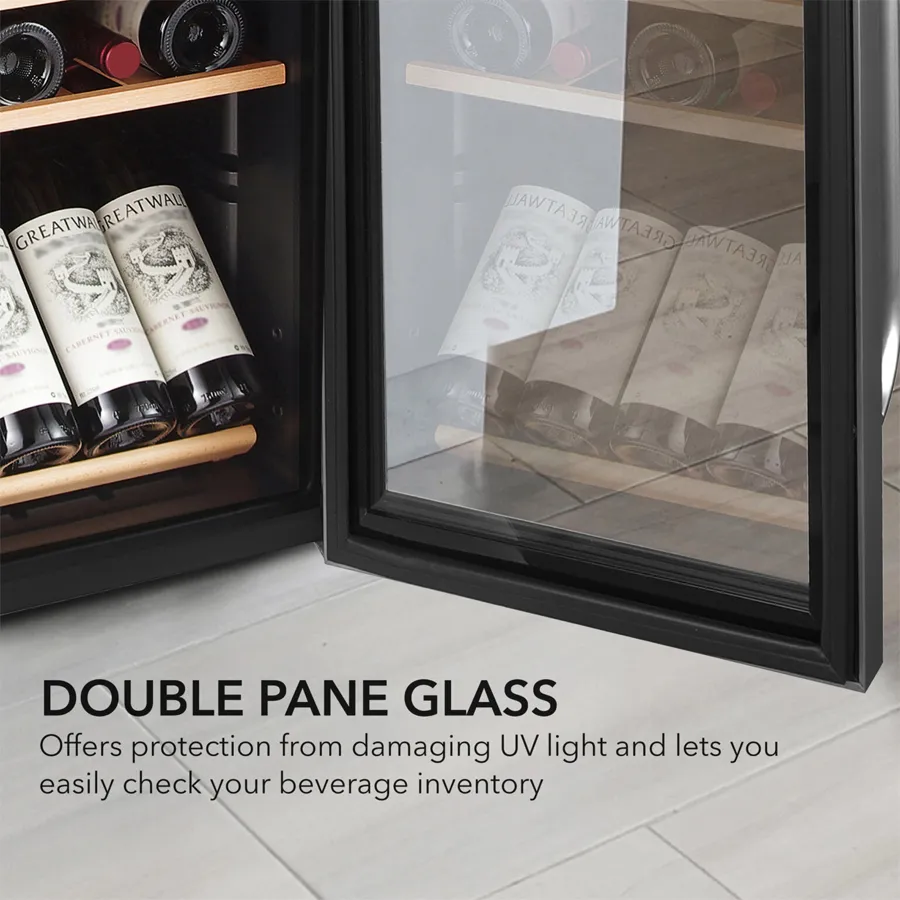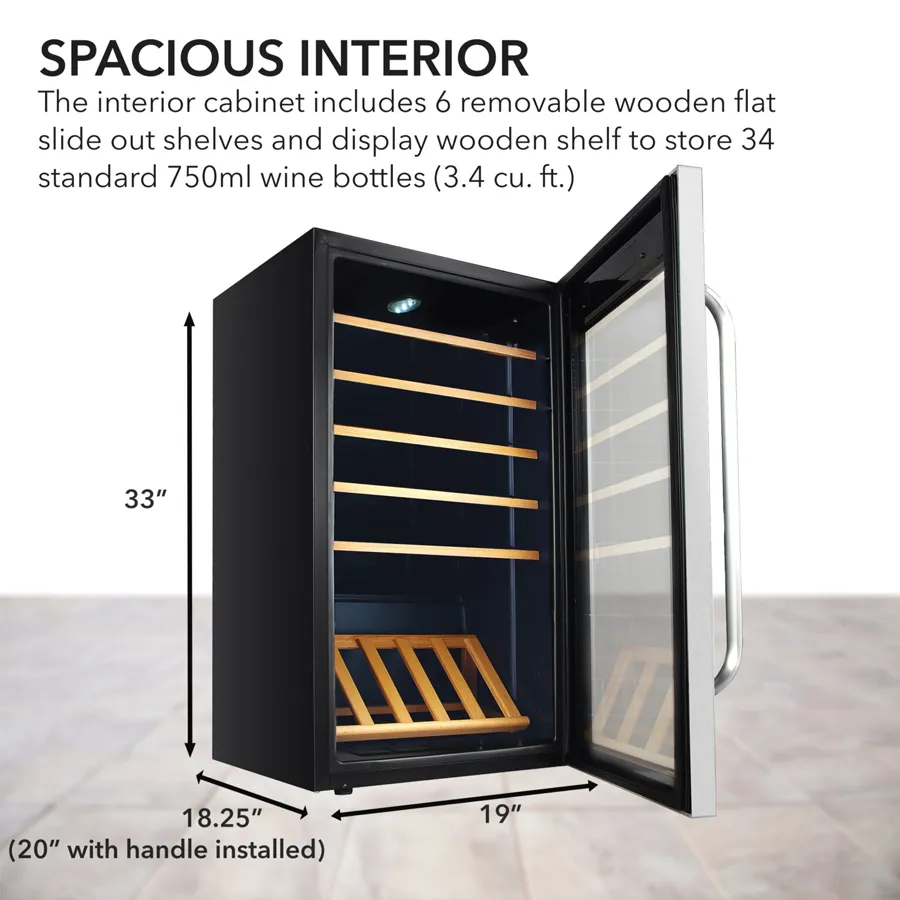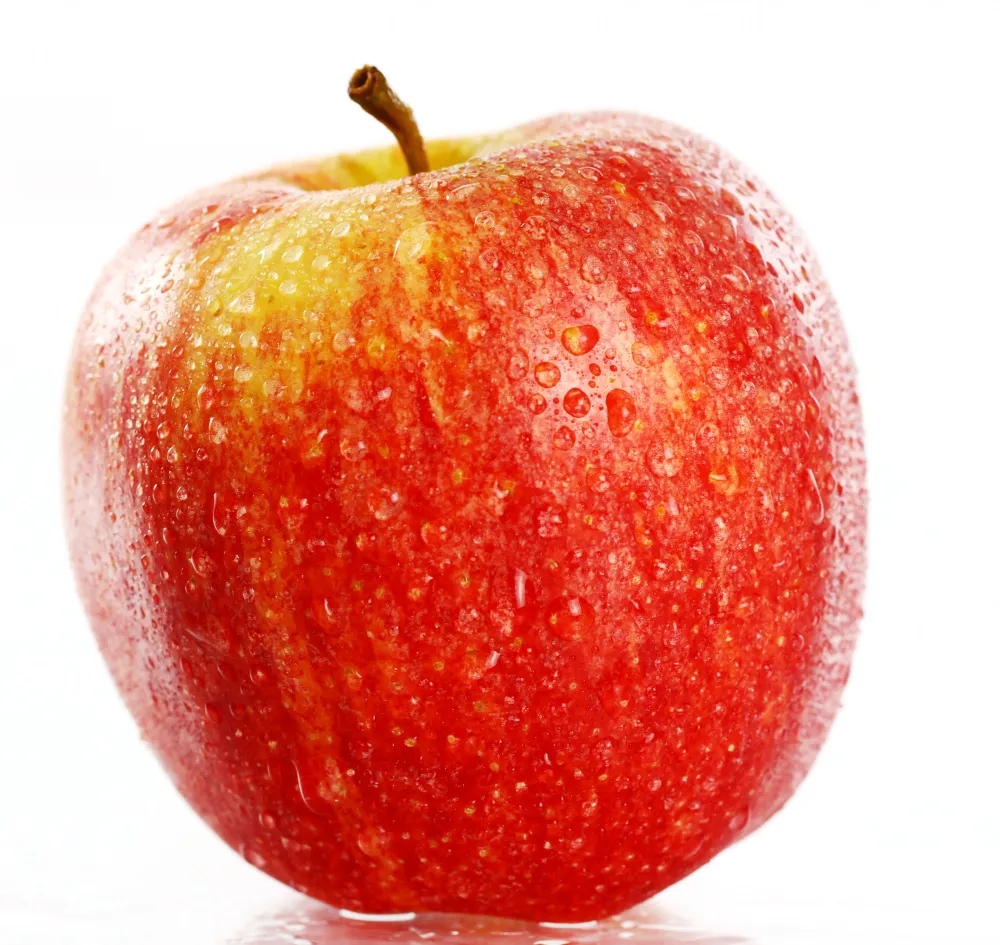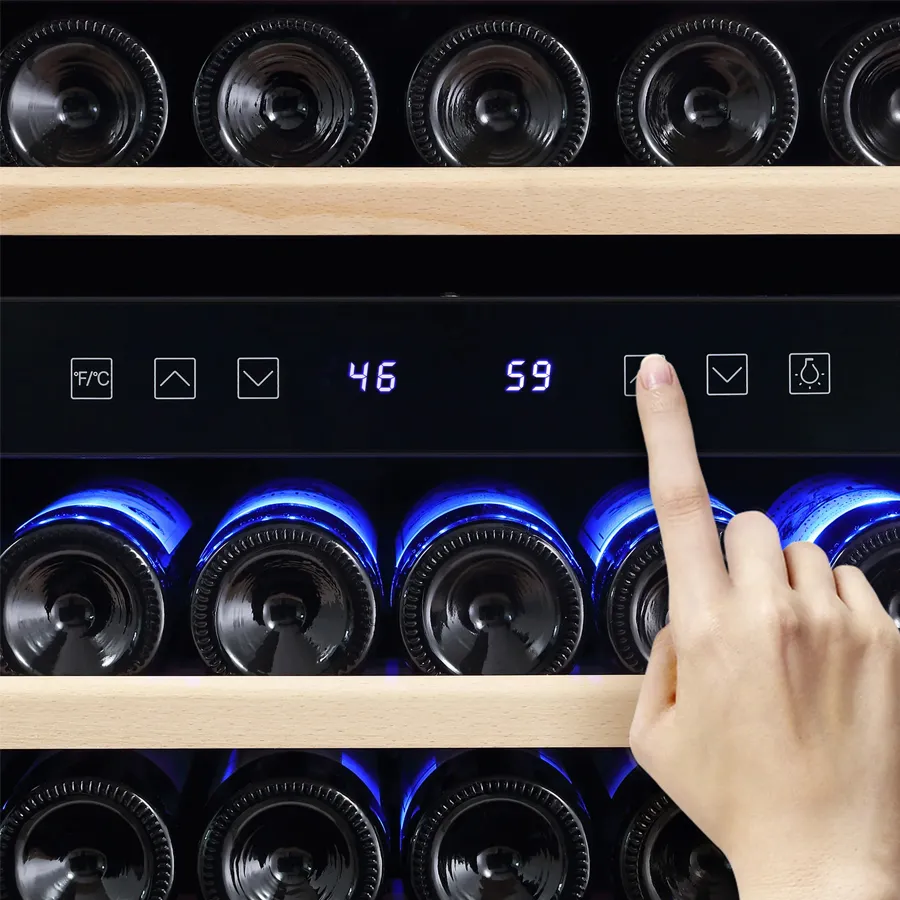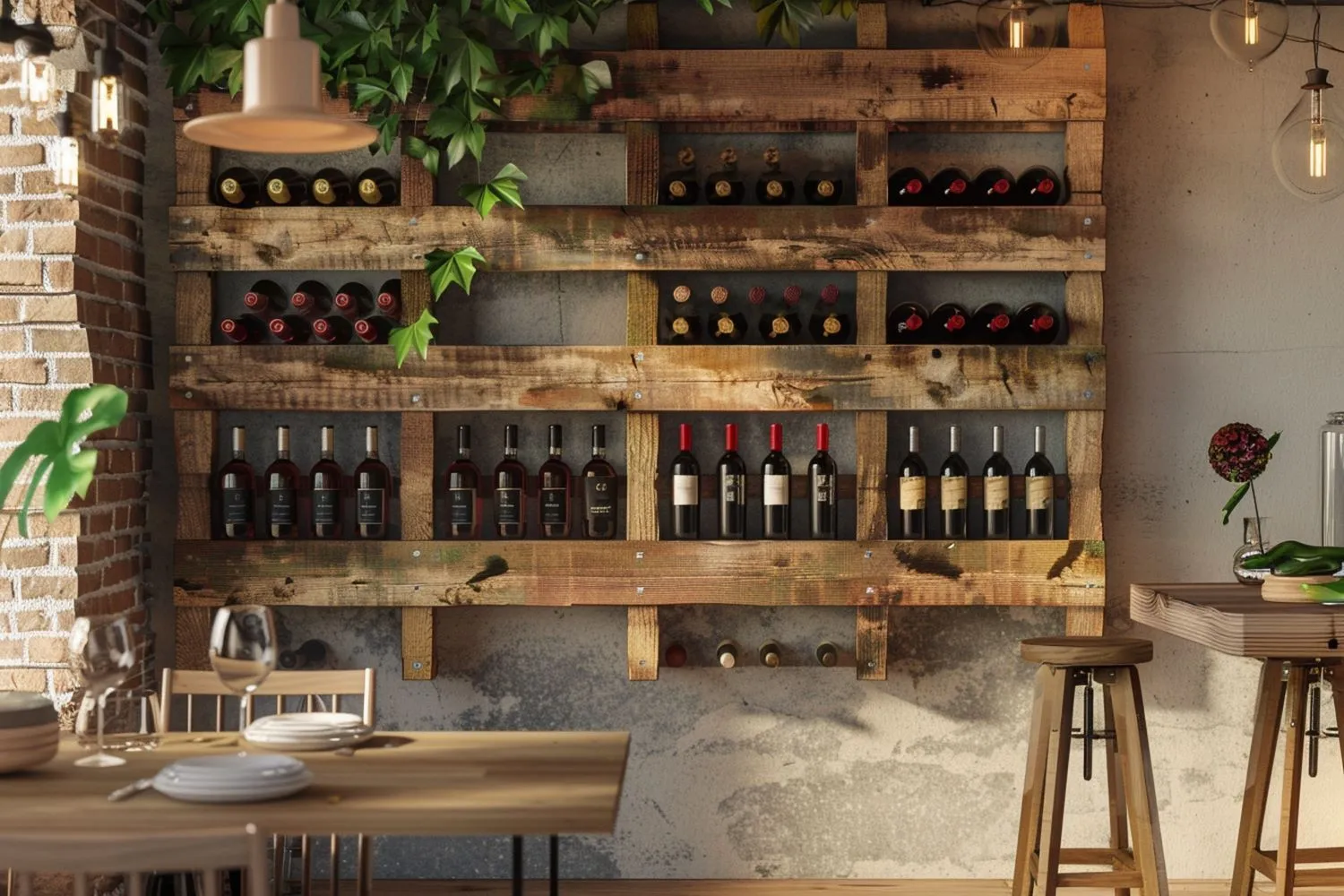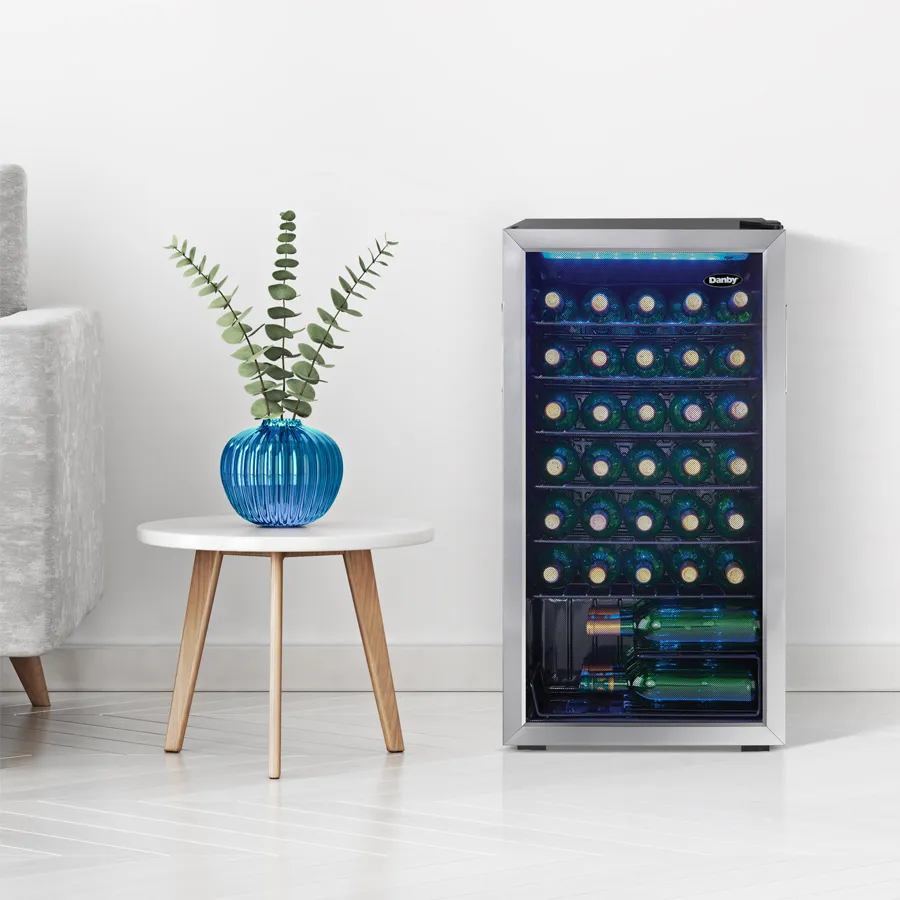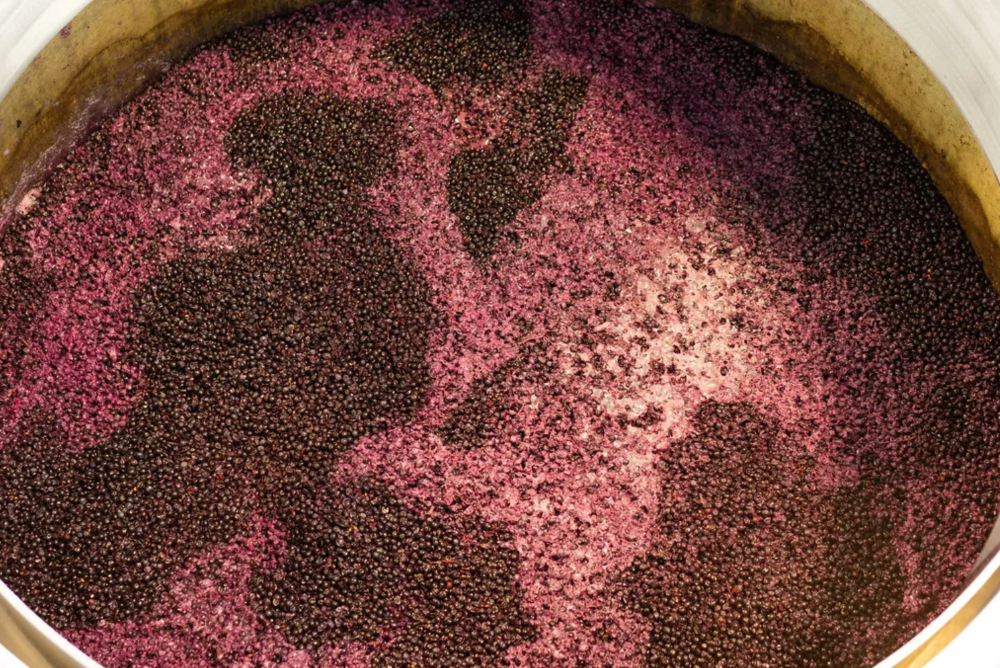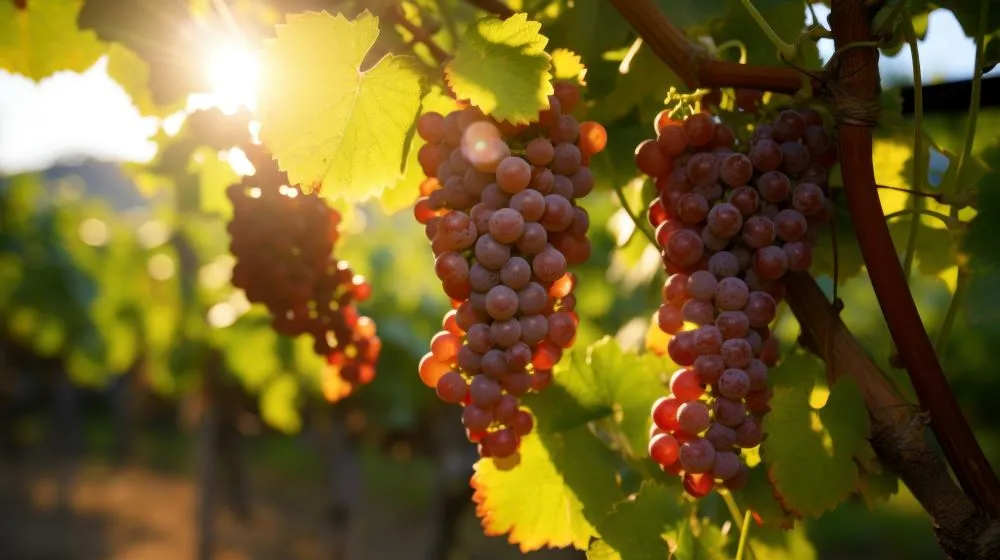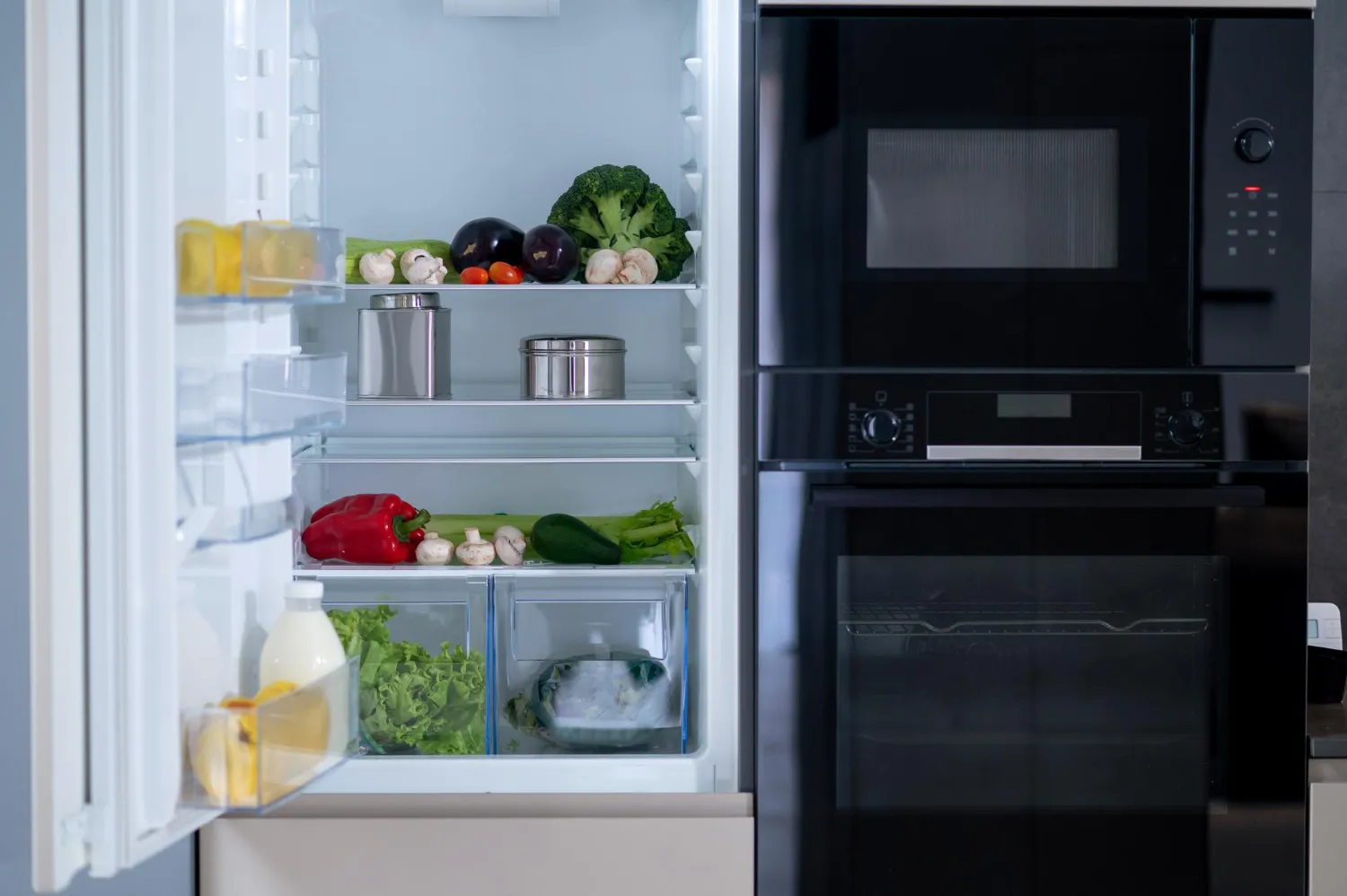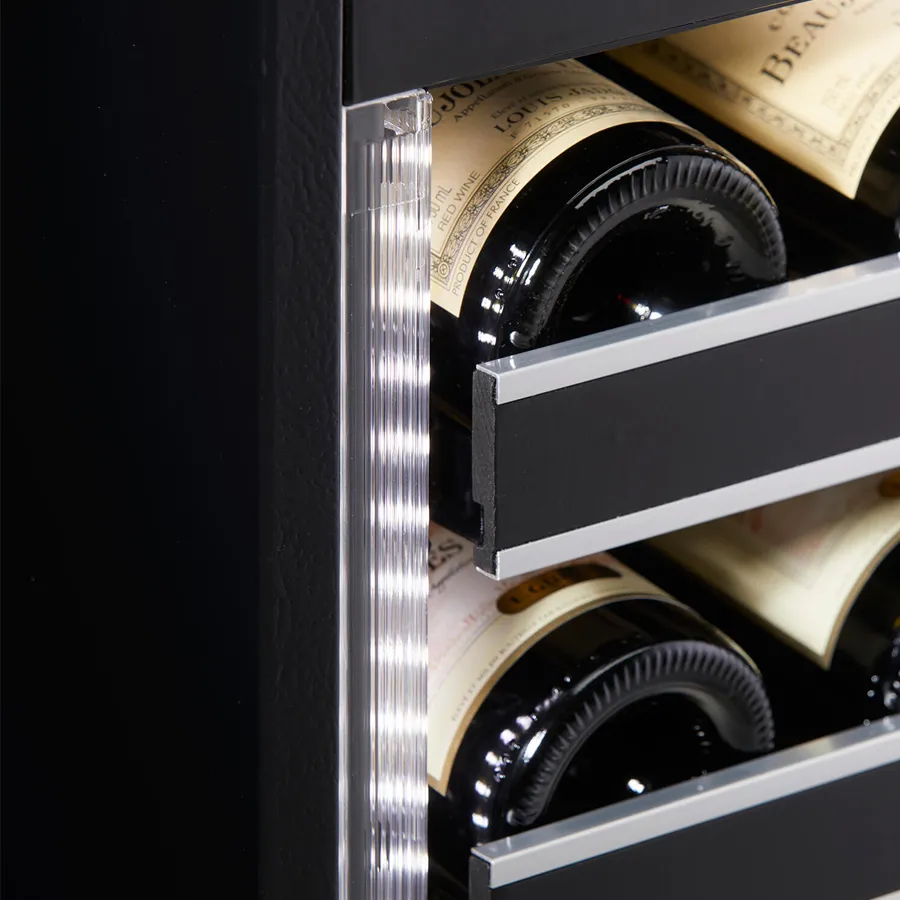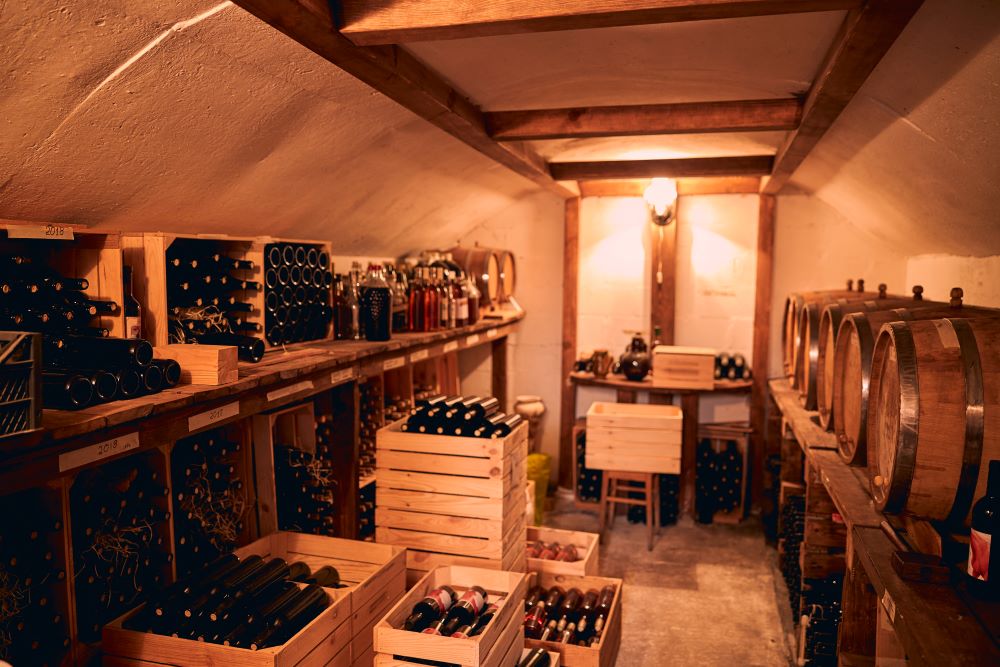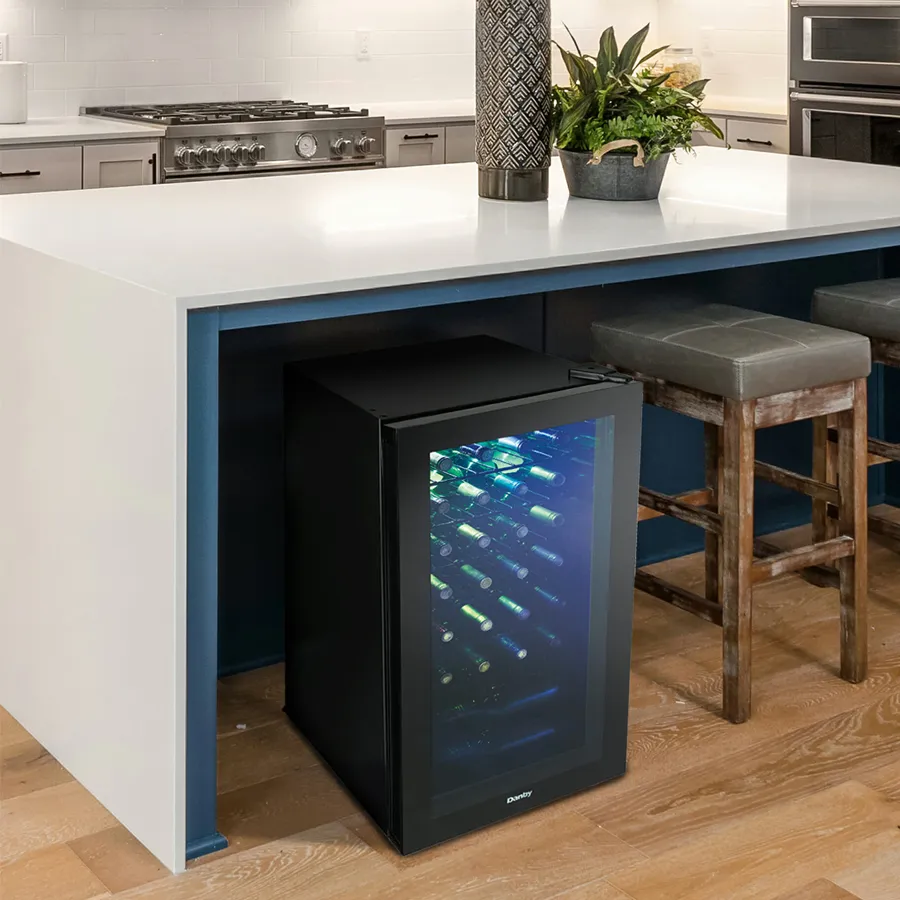Oxygen plays a crucial role in the aging and development of wine, but it can also be detrimental if not properly managed. Understanding how oxygen impacts wine is essential for winemakers and enthusiasts alike. From the moment the grapes are harvested to the final bottle, oxygen can enhance or diminish the quality of the wine. In this comprehensive guide, we will explore the various ways in which oxygen can affect wine, and the best practices for managing its impact throughout the winemaking process.
About Oxygen During Fermentation
Your wine’s exposure to oxygen during fermentation can greatly impact its final quality and flavor profile. Understanding the role of oxygen at this critical stage is essential for producing a well-balanced and desirable wine.
Exposure to oxygen during fermentation can have a significant impact on yeast activity and flavor development. While small amounts of oxygen can promote yeast health and growth, excessive exposure can lead to the production of undesirable compounds such as acetic acid and ethyl acetate. Additionally, oxygen plays a crucial role in the development of desirable flavor compounds such as esters, which contribute to the aromatic complexity of the wine.
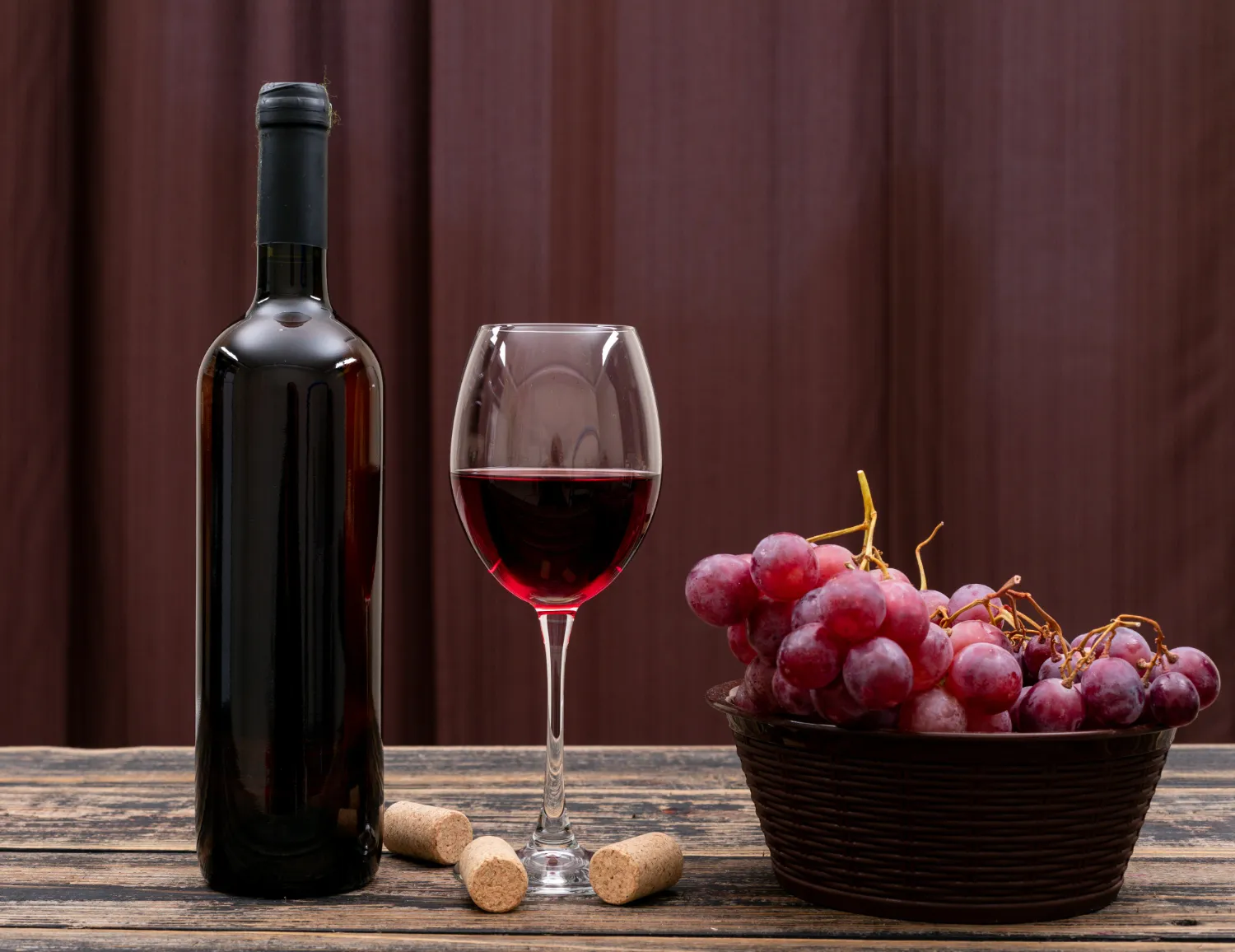
Yeast need oxygen to synthesize sterols and unsaturated fatty acids for cell membrane integrity and good fermentation.
Yeast require oxygen for the synthesis of sterols and unsaturated fatty acids, which are essential for maintaining cell membrane integrity and promoting healthy fermentation. However, too much oxygen can lead to the production of off-flavors and volatile acidity. Proper management of oxygen exposure during fermentation is crucial for ensuring the production of high-quality wine.
How About Barred all Interaction Between Wine and Oxygen?
If you completely eliminated oxygen from the wine-to-air interaction, what would happen? The result would probably be a wine that smells like skunks, rotting eggs, or strong sulfur. This phenomenon, in which oxygen deprivation causes new issues, is called reduction. Allowing wine to breathe isn’t some urban legend. The flavors and fragrances of wine can expand up, maybe showing more fruits, more complexity, or even less alcohol, if you let it interact with oxygen before drinking it. The tannins may also dissolve and become less noticeable. You shouldn’t aerate the whole bottle, only the contents in your glass, unless you’re having a large number of people over for dinner. On the other hand, if you open the bottle to air circulation, the wine could start to degrade.
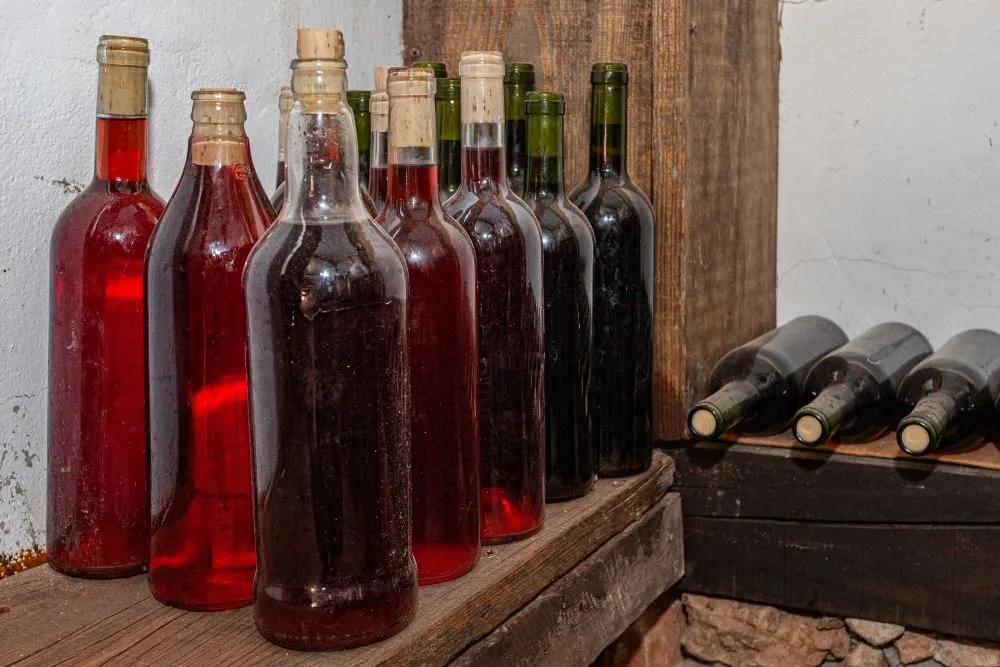
What would happen if wine-to-air interaction had no oxygen? The wine would likely smell like skunks, rotting eggs, or sulfur.
How About Wine Oxygen Exposure
Visual and olfactory clues might help you determine if your wine has oxidized. The complete color of unoxidized wine, be it a medium purple Syrah, a deep scarlet Merlot, or a rich gold Chardonnay, will be visible. Oxidation causes color to fade in both the barrel and the bottle. As it ages, red wine can take on a russet or orangey-brown hue, whereas white wine tends toward a yellowish-brown. The aromas and flavors of these oxidized wines will likewise degrade, and you might notice hints of bitter nuts, toffee, or overripe apples. You may taste the vinegar in highly oxidized wine. There won’t be any full-range richness or luscious fruit tones.
In What Ways May a Wine Cooler Slow Down the Oxidation Process?
Temperature Stability for Optimal Aging:
The primary purpose of a wine cooler is to meticulously regulate and uphold a consistent temperature range, typically set between 5 to 18 degrees Celsius. This distinguishes wine coolers from regular refrigerators designed for general food storage. The precise control of temperature in wine coolers is crucial to prevent the expansion and contraction of wine, a factor that significantly reduces the risk of air seeping into the bottle. By minimizing these fluctuations, wine coolers effectively mitigate the oxidation potential, safeguarding the delicate balance of flavors and aromas in your wine.
Humidity Control for Cork Integrity:
Maintaining proper humidity levels is paramount for the meticulous storage of wine, and wine coolers excel in this aspect by incorporating humidity control features. A relative humidity of around 70% is deemed optimal for wine cellaring. This feature is especially critical in preventing the drying out of corks, ensuring their integrity over time. A secure seal is thereby maintained, acting as a barrier against oxygen infiltration.
Shielding from Harmful UV Light:
Exposure to ultraviolet (UV) light poses a significant threat to the quality of wine, causing the degradation of organic compounds and hastening the oxidation process. Wine coolers are thoughtfully crafted with UV-resistant glass or solid doors, serving as a protective shield against harmful light. This meticulous design consideration not only preserves the color and flavor characteristics of your wine but also extends the longevity of the stored bottles.
Minimizing Disturbances through Vibration Reduction:
Recognizing the delicate nature of wine and its natural aging process, wine coolers incorporate advanced features to minimize disturbances. Anti-vibration systems and absorption cooling technology are employed to reduce or eliminate vibrations. By doing so, these coolers ensure that sediments settle naturally within the bottle, preventing unnecessary agitation that could compromise the overall stability of the wine. This meticulous approach is integral to maintaining the integrity of your wine collection.
Tailored Storage with Dual or Multi-Zone Functionality:
Understanding that different wines age optimally under varying conditions, many wine cooler brands provide dual or multi-zone functionality. This innovative feature empowers enthusiasts to set different temperature zones within the same unit. Whether storing reds, whites, or sparkling wines, this flexibility allows for optimal storage conditions, preserving the distinct characteristics of each varietal and ensuring an exquisite tasting experience when the time comes to uncork a bottle.
Ultimately, oxygen plays a crucial role in the development and aging of wine. When introduced in controlled amounts, it can enhance the aromatic and flavor profile of the wine, softening harsh tannins and allowing the wine to reach its full potential. However, too much oxygen exposure can lead to oxidation, resulting in the deterioration of the wine’s quality. Winemakers must carefully manage oxygen levels throughout the winemaking process and storage to achieve the desired characteristics in the final product. Understanding the impact of oxygen on wine is essential for producing high-quality and well-balanced wines.

